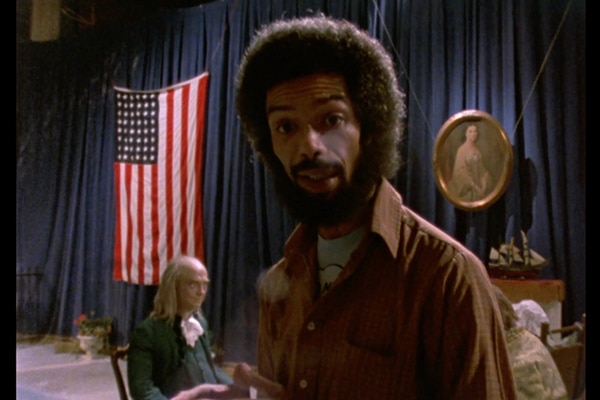Historians often utilize the term “primary source” to describe a piece of historical evidence. The evidence can be anything created during the period in which one is researching. From pictures to speeches, primary sources can address local, national, and international history that opens time portals into a world that allows the interpretation of history through the eyes and minds of those who lived during the researched period. These sources can be integrated seamlessly and aligned to history standards and incorporated as primary sources into the curriculum.
Such sources are often invaluable opportunities to gain greater clarity and insight into historical figures. In this primary light, sources can serve as historical clues about the past. For example, some of the most tumultuous times in American history can be studied through primary sources. In addition, primary sources can be combined with other primary sources to shed better light on specific historical events. For instance, students might look at the speeches of Dr. Martin Luther King while examining the primary sources of poets during the civil rights era. By utilizing primary sources, students have multiple perspectives to evaluate and analyze their research. Students can use primary sources to think deeply and critically about different points of view.
Ironically, the same open portal to travel back in time provided through primary sources, lands us squarely on the poetic pages of protest “Whitey on the Moon” by poet and musical artist Gil Scott-Heron. Scott -Heron crafted his spoken word poem “Whitey on the Moon,” just after the moon landing in 1969. Scott-Heron’s words were hailed as a poem, rap, and ballad that spoke to the obliviousness and wastefulness of the privileged set against the backdrop of an America literally burning on Earth. As millions of Americans praised the moon landing lunar event as the most significant travel of all humanity, Scott-Heron scathingly criticized the “giant step” as misguided, arrogant, and the continued blatant dismissal of the disenfranchised. Scott-Heron lamented, “I can’t pay no doctor bills, but whiteys on the moon,” Prophetically perhaps, Scott-Heron says.
Ten years from now, I will be paying still While whiteys on the moon.
With the new interest in outer space travel and the race to outer space by billionaires Jeff Bezos, Richard Branson, and, more than likely, Elon Musk, this is a primary source that directly correlates with many of the new NC American History standards, and even a few of the World History standards. This document can be applied to standards such as Standard AH.B.1, which states: Evaluate American identity in terms of perspective, change, and continuity. The standard AH.B.1.3 concludes: Critique multiple perspectives of American identity in terms of oppression, stereotypes, diversity, inclusion, and exclusion and AH.B.1.6 further states: Explain how the experiences and achievements of minorities and marginalized peoples have contributed to American identity over time in terms of the struggle against bias, racism, oppression, and discrimination.
As students from every background speak out against social injustice, this spoken word poem used as a primary source can compare how the needs of the poor or disenfranchised are being met during a critical time such as the pandemic. Likewise, while millions of Americans fight evictions, students may argue that the primary source “Whitey on the Moon” is a fitting and relevant source to examine how America’s wealthiest choose to use their influence, power, and privilege.
In May 2021, the late Scott-Heron was posthumously inducted into the Rock and Roll Hall of Fame. Scott-Heron was lauded on this occasion as a “teller of uncomfortable truths.” So, who will tell the truth now? As billionaires burst through the outer limits of space, who are willing to speak about uncomfortable truths? These are questions students may ask after reading Scott-Heron’s primary source spoken word poem. Students will note that these pet projects by the wealthy do not make the world a better place for marginalized people, especially marginalized people of color. By using the poem as a primary source, students will actively participate in the history of the civil rights period. Students can challenge and debate evidence presented that might contradict or provide a different narrative of a primary source. Ultimately, analyzing primary historical sources can help the student better evaluate more current and contemporary sources. Most importantly, primary sources are more conducive to creating and supporting student-led inquiry in the classroom, by utilizing primary sources such as “Whitey on The Moon,” students see living history and history that might repeat themselves if no one learns from it. In the end, students might find it is not so far-fetched to imagine that Covid, in sent someone’s sister Nell to the hospital instead of a rat, moreover, while Whiteys such as Bezos and Brandon try to fly towards the moon, somebody who loves Nell cannot pay her Covid medical bill.

